Written By The Victors: 20 Names History Books Tried To Hide From You
History’s Forgotten Figures
It is said that history is written by the victors. This means that lots of figures, those who do great things or stand against tremendous odds, are often forgotten or hidden away with time. In fact, many great figures from pharaohs to activists have been minimized until only recently. With that in mind, these are 20 people society tried to hide away.
1. Zheng He
Zheng He was a prolific and accomplished Chinese admiral who is now regarded as one of the greats for his voyages. He was born into a Muslim family before joining the Yongle Emperor and led several voyages across Asia. His voyages were long neglected by Chinese history until the publication of a biography in 1904 that skyrocketed his fame. It is believed that his voyages were originally omitted from official texts as they were a source of embarrassment for the dynasty, as they were unauthorized.
 CEphoto, Uwe Aranas on Wikimedia
CEphoto, Uwe Aranas on Wikimedia
2. Thomas Paine
Thomas Paine lived from 1736 to 1809 and wrote two influential pamphlets that helped inspire colonial-era patriots during the American Revolution. The British Government at the time was afraid of a revolution of their own, so they suppressed Paine’s work, and Paine was even arrested and taken to Luxembourg Prison in Paris. His attacks on the leaders of nations led to his unpopularity, and he has since been ostracized despite his thoughtful works.
3. Hypatia of Alexandria
Hypatia was an educated and influential scholar who specialized in philosophy, astronomy, and mathematics. She lived in Alexandria, Egypt, where she faced harsh pushback due to her gender. Nonetheless, she continued to progress and even became an advisor to Orestes. However, she was targeted by a Christian mob, and her violent passing shocked the empire. While she is better known now, earlier works trying to capture her life included fictional retellings and some showcased her as a witch.
4. Rosalind Franklin
Rosalind Franklin was a British chemist and X-ray crystallographer who helped discover the molecular structure of DNA. However, like most women in advanced fields at the time, she faced blatant discrimination. The college she attended was not known to be welcoming to its female students, and her contribution to the model of DNA was omitted for fifteen years until one of the other contributors mentioned her in an account.
 MRC Laboratory of Molecular Biology on Wikimedia
MRC Laboratory of Molecular Biology on Wikimedia
5. Nzinga of Ndongo
Nzinga was a prominent and paramount African ruler who ruled the Ambundu kingdoms of Ndongo. She even had military training and defended her people against Portuguese war efforts. While she was admired in Angolan culture, Western and Portuguese sources painted her as barbaric and savage who had been forced into submission.
6. Percy Julian
Percy Lavon Julian was an American chemist who lived from 1899 to 1975 and, most impressively, pioneered chemical synthesis in medicinal drugs from plants. Despite this groundbreaking work, he’s essentially known as a forgotten genius despite having overcome tremendous odds and garnering 130 patents through his career.
 AnonymousUnknown author on Wikimedia
AnonymousUnknown author on Wikimedia
7. Toussaint Louverture
Toussaint was a Haitian general who played a major role in the Haitian Revolution and lived from 1743 to 1803. It was one of the most successful revolts in history but is often minimized by Western standards to appear more chaotic than organized. As the leader, Toussaint was mostly dismissed by the West.
8. Queen Lili’uokalani
This queen was the last sovereign of Hawaii and was resistant to U.S. businessmen till the bitter end. At one point, she was even arrested and imprisoned. She even tried to work with Washington, D.C. after Hawaii joined the states, but would only be rewarded with a meager monthly payout. All records of her funeral procession, including films, were destroyed during a fire at her sister’s home.
 George Prince, of Washington, DC on Wikimedia
George Prince, of Washington, DC on Wikimedia
9. Yasuke
You might have seen imagery of Yasuke, as he is a skilled and capable African samurai who served Oda Nobunaga between 1581 and 1582. Yasuke was called into service by the curious Nobunaga and was granted work as a samurai, which included a sword, a house, and a stipend. After Nobunaga passed, Yasuke was sent back. He garnered a lot of popularity in modern times thanks to media and anime, but little was known about him after Nobunaga’s passing.
10. Nanny of the Maroons
Nanny was a Jamaican revolutionary who lived from 1686 to 1760 and led formerly-enslaved escapees known as the Windward Maroons. She was successful in defending her people against colonial forces, some believing she even had magical powers. However, after her passing, she too became shrouded in myth. Lots of facts about her life are unknown and forgotten, including the date of her passing.
11. Tecumseh
Tecumseh was a Shawnee warrior, orator, and chief who lived from 1768 to 1813. He was a symbol of resistance against the United States' expansion into Native American land and worked to promote intertribal unity against this threat. Even his enemies couldn’t help but admire his nobility, but his folk-hero status led to much of his life becoming shrouded in mythology, making it difficult to differentiate fact from fiction.
12. Hatshepsut
Hatshepsut was a successful female pharaoh who was one of the most prolific builders in Ancient Egypt, overseeing massive construction projects. To solidify her standing as a pharaoh, she would wear a fake beard to show she was just as capable as any other. However, after her passing, her son Thutmose III removed her from historical and pharaonic records and erased all mention of her, likely due to jealousy.
13. Chevalier d’Eon
Chevalier was a French diplomat, spy, and soldier who lived from 1728 to 1810. While Chevalier mainly lived as a man, to infiltrate the Court of Empress Elizabeth of Russia, d’Eon would pose as a woman. Despite Chevalier’s success, the matter of gender remains uncertain, as King Louis XVI recognized Chevalier as a woman.
14. Boudica
Boudica led the British Iceni tribe against the Roman Empire around 60 AD. She was eventually defeated by the Romans led by Paulinus, and her burial spot remains unknown and hidden. Additionally, she was only discussed as a villain for most of history, only to recently become a symbol as a Celtic heroine and feminist icon.
15. Benjamin Banneker
Benjamin Banneker lived from 1731 to 1806 and was an accomplished naturalist, mathematician, and astronomer. He was largely self-taught and aided Major Andrew Ellicott in establishing the borders of the District of Columbia. He even wrote a successful series of almanacs and corresponded with Thomas Jefferson on matters of racial equality. However, a lot of his works were destroyed when he passed, and his folk-hero status led to many embellishing his life efforts.
 The original uploader was Kelson at French Wikipedia. on Wikimedia
The original uploader was Kelson at French Wikipedia. on Wikimedia
16. Bayard Rustin
Bayard Rustin was an American political activist and was likened to a right-hand man to Martin Luther King Jr. However, Rustin is rarely mentioned, even though he taught Martin Luther about non-violence. This is likely because Rustin was gay and faced constant criticism over his orientation.
 Al Ravenna, New York World-Telegram and the Sun staff photographer on Wikimedia
Al Ravenna, New York World-Telegram and the Sun staff photographer on Wikimedia
17. Wang Zhenyi
Wang Zhenyi is a Chinese scientist from the Qing dynasty and is now known as one of the most extraordinary women of the 18th century. She specialized in astronomy, mathematics, and medicine, and made many key discoveries that were tossed out because she was a woman. Additionally, she had unpopular takes at the time, believing there should be more opportunity for education for all, and that social feudal values were inappropriate.
18. Ankhenaten
Ankhenaten is an iconic case of history hiding the remnants of unpopular rulers. This Egyptian pharaoh changed popular religion at the time, pulling Egyptians away from their polytheistic gods into monotheism, where they would worship only one god. This was a hated move by the population, and he was lost to history for ages. His monuments were dismantled, his statues destroyed, and even his name was excluded from lists of rulers.
19. Fatima al-Fihri
Fatima is an Arab woman credited with founding the Al Qarawiyyin Mosque in 895 CE, which is arguably the world’s first university. However, despite her charitable nature and dedication to education, her impact has been minimized, as many scholars state the source is unreliable or too convenient to be true. However, this may be worth a deeper look, as some historians claim the structure isn’t old enough to be from 895.
20. James Barry
James Barry was born Margaret Anne Bulkley and was assigned female at birth. Despite this, he would go on to obtain a medical degree and become a military surgeon, something that a woman was unable to do at the time. Impressively, he performed the first ever recorded caesarean section by a European in Africa, all the while ensuring the survival of both mother and child. He lived as a man in public and in private, and his original gender was only revealed after his passing.
KEEP ON READING
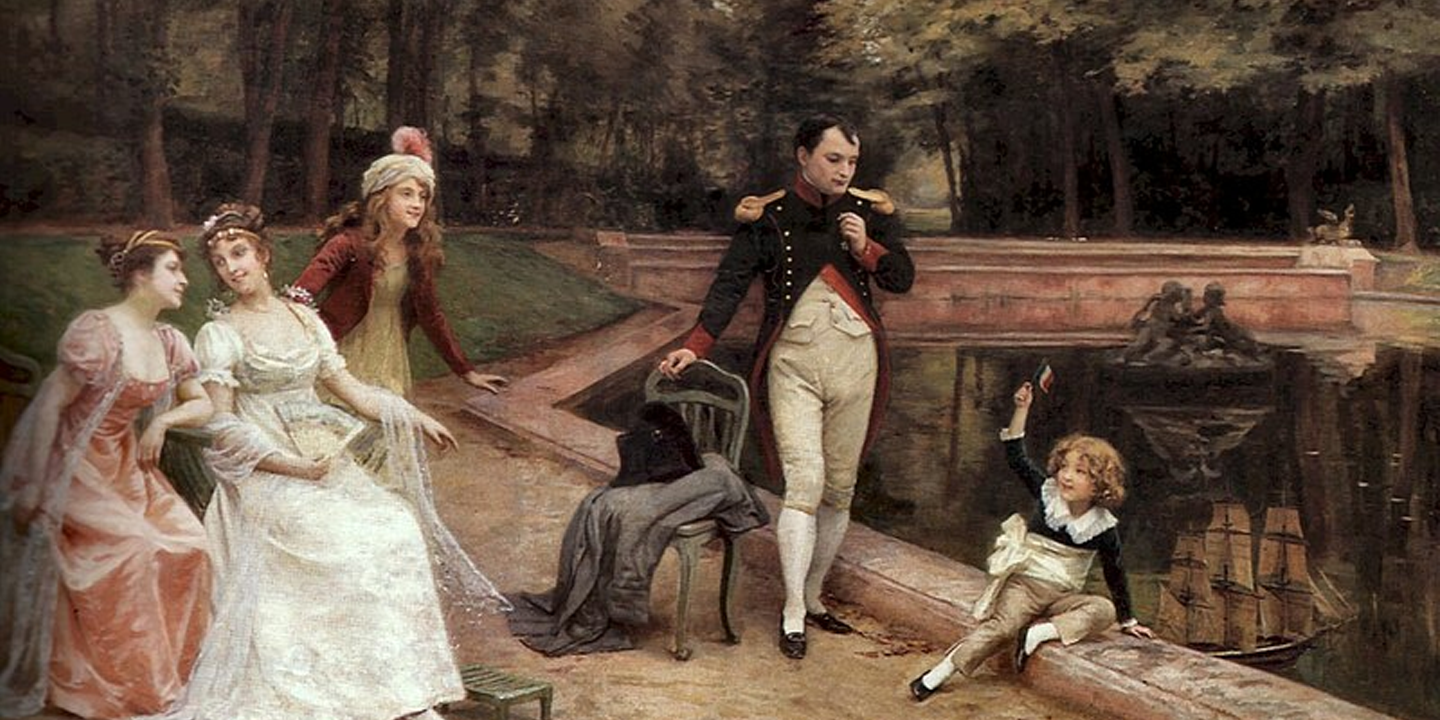
The 20 Most Recognized Historical Figures Of All Time
The Biggest Names In History. Although the Earth has been…
By Cathy Liu Oct 4, 2024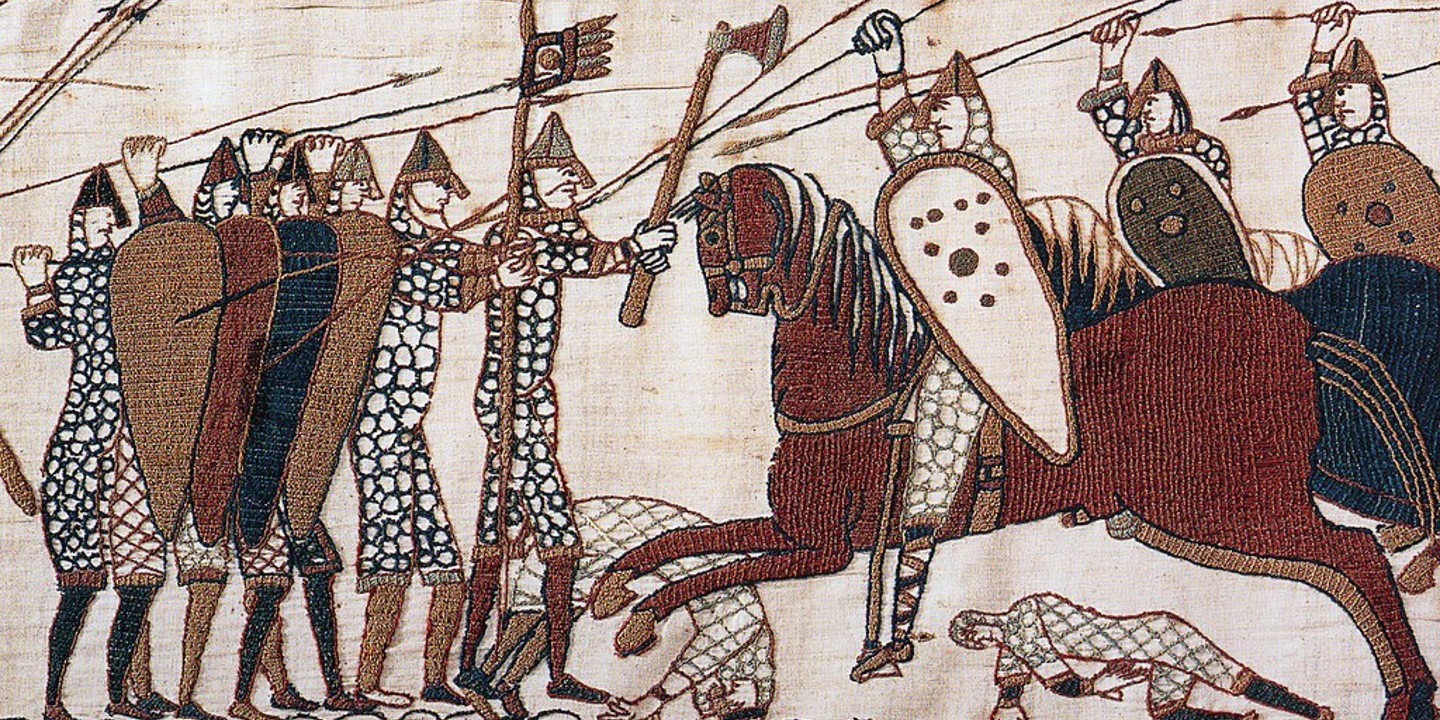
10 of the Shortest Wars in History & 10 of…
Wars: Longest and Shortest. Throughout history, wars have varied dramatically…
By Emilie Richardson-Dupuis Oct 7, 2024
10 Fascinating Facts About Ancient Greece You Can Appreciate &…
Once Upon A Time Lived Some Ancient Weirdos.... Greece is…
By Megan Wickens Oct 7, 2024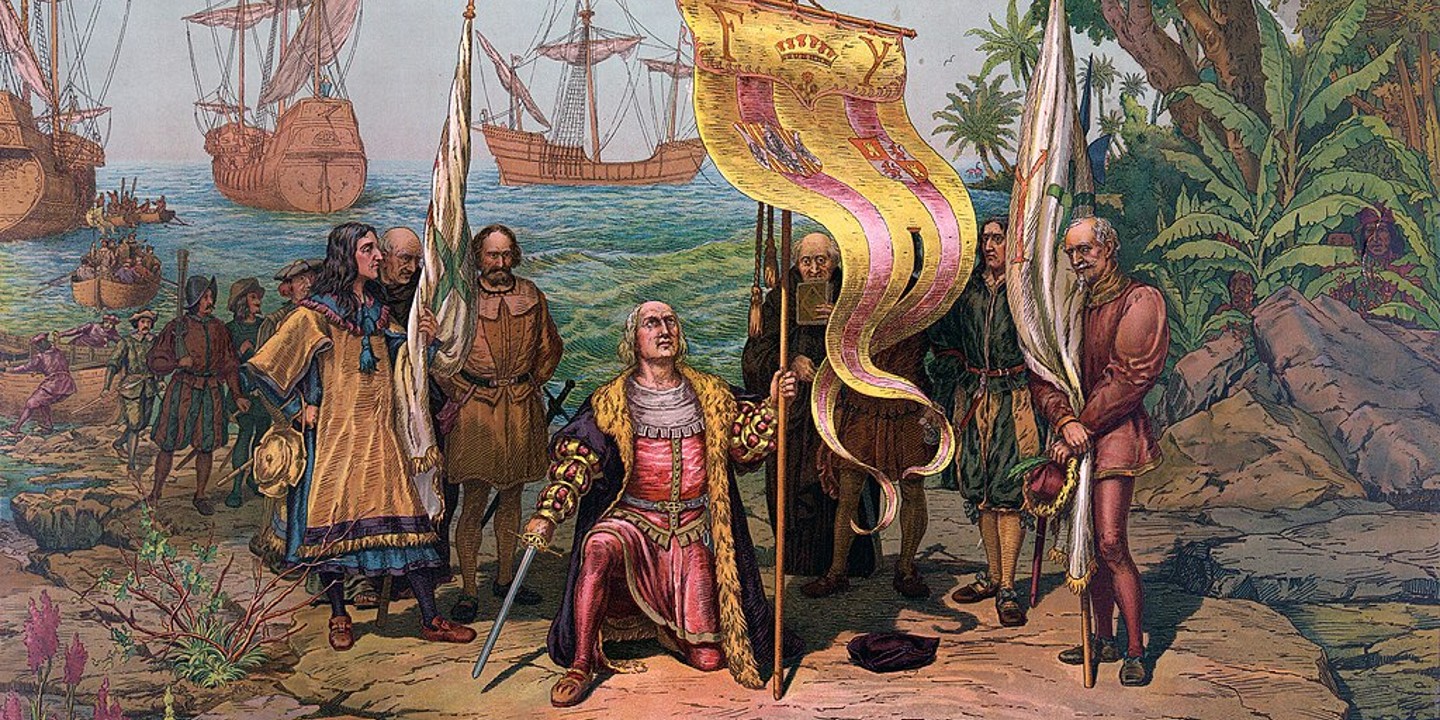
20 Lesser-Known Facts About Christopher Columbus You Don't Learn In…
In 1492, He Sailed The Ocean Blue. Christopher Columbus is…
By Emilie Richardson-Dupuis Oct 9, 2024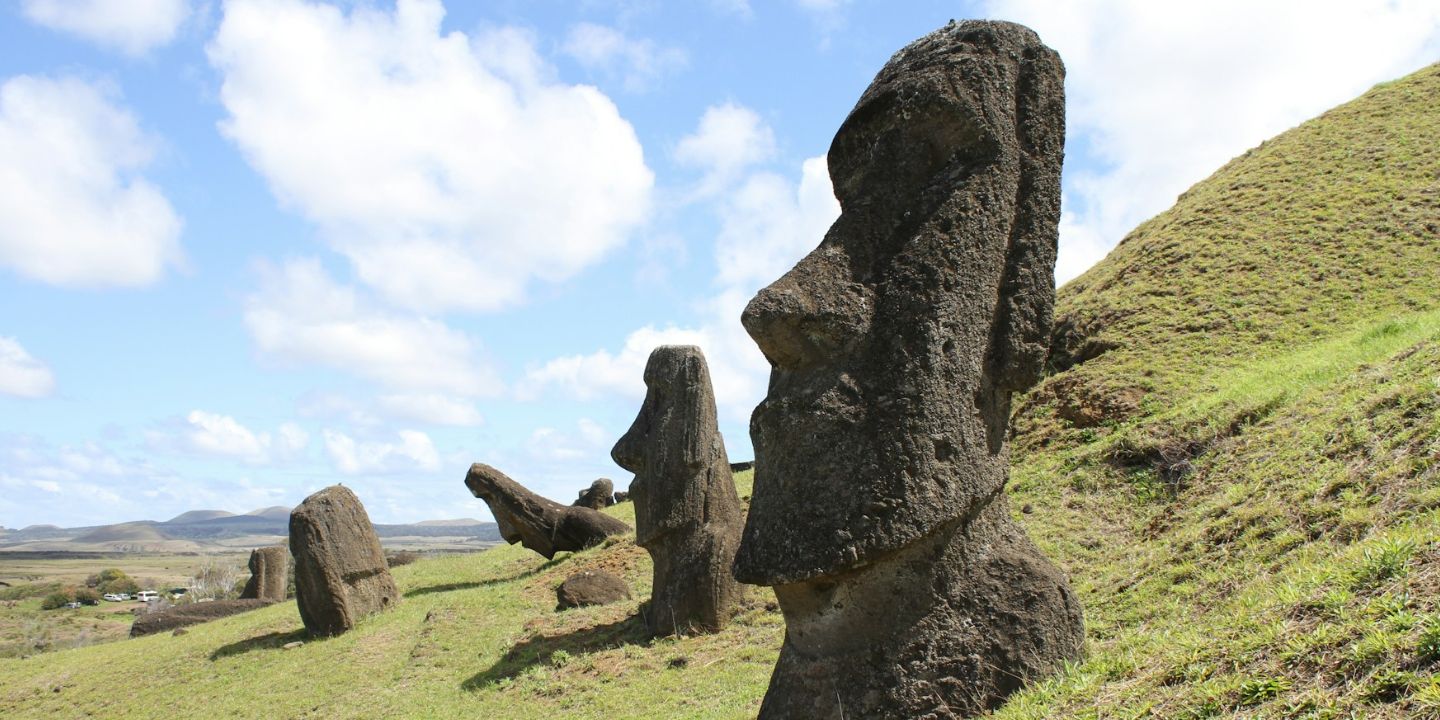
20 Historical Landmarks That Have The Craziest Conspiracy Theories
Unsolved Mysteries Of Ancient Places . When there's not enough evidence…
By Megan Wickens Oct 9, 2024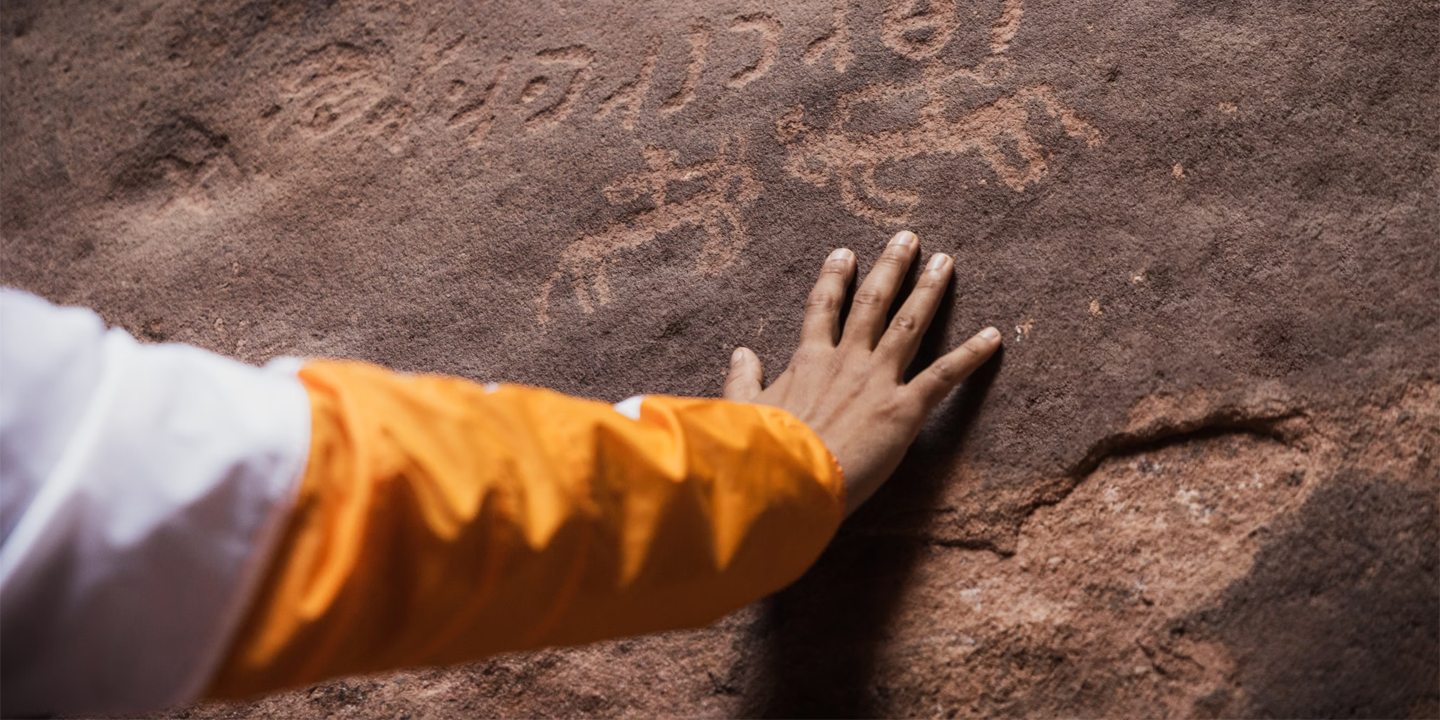
The 20 Craziest Inventions & Discoveries Made During Ancient Times
Crazy Ancient Inventions . While we're busy making big advancements in…
By Cathy Liu Oct 9, 2024















